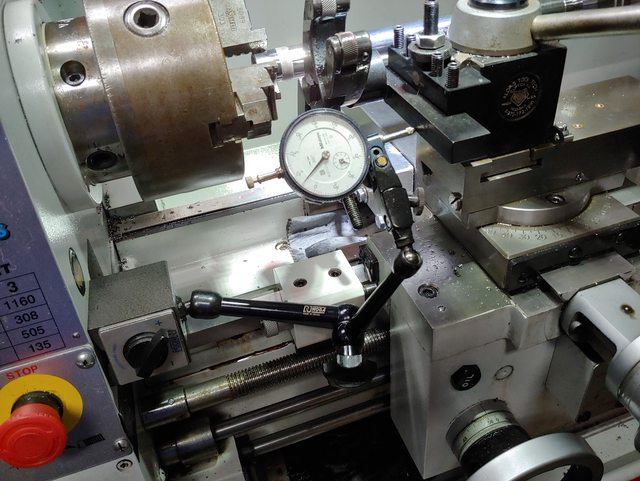- Joined
- Aug 6, 2015
- Messages
- 3,886
From my understanding you need to go very slow for cast iron with HSS. Need to keep the SFM to 50-60. SFM = RPM * pi * D/12. D is the diameter in inches & 12 converts from inches to feet. Solving for RPM = 12 * SFM / (pi * D) = 12 * 50 / (3.14 * 6) = 31.8 RPM. I'd bet you were going a lot faster than that! Didn't you say your minimum RPM was 100? Way too fast for HSS and 6" cast iron.
Correct. On the chart that the lathe has for the speed combinations, the slowest it would go is 120. Measured by the RPM display, it is actually going at 145 rpms... So very fortunate the lathe came with those tool bits with the carbide tip brazed on them...
I am taking very small cuts... this will take me awhile, but it is working so far...
Red lines show where I need to get to... not to scale, of course...lol
Tool bit I have been using...
And got this cheap set today to test...
Thinking of taking a break from reducing the outer diameter and working on reducing the inner diameter... that is the section that goes into the recess on the chuck... Yeah, I just want to try using a different tool bit, hehehehe


